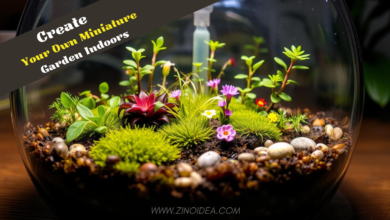How to Grow Tomatoes
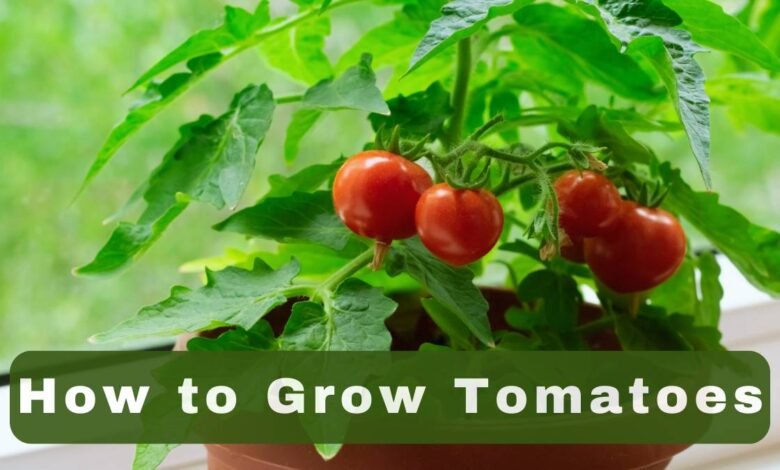
Tomatoes are a beloved staple in many gardens, renowned for their versatility in culinary dishes and their vibrant colors. Whether you’re a seasoned gardener or a novice, growing tomatoes can be a rewarding experience. In this comprehensive guide, we’ll explore everything you need to know to grow delicious tomatoes right in your backyard.
How to Grow Tomatoes
Tomatoes are one of the most popular vegetables (technically fruits!) grown in home gardens. Their popularity stems from their ease of cultivation, delicious flavor, and nutritional benefits. Growing tomatoes at home allows you to enjoy the freshest produce, free from pesticides and chemicals commonly found in store-bought varieties.
Choosing the Right Tomato Variety
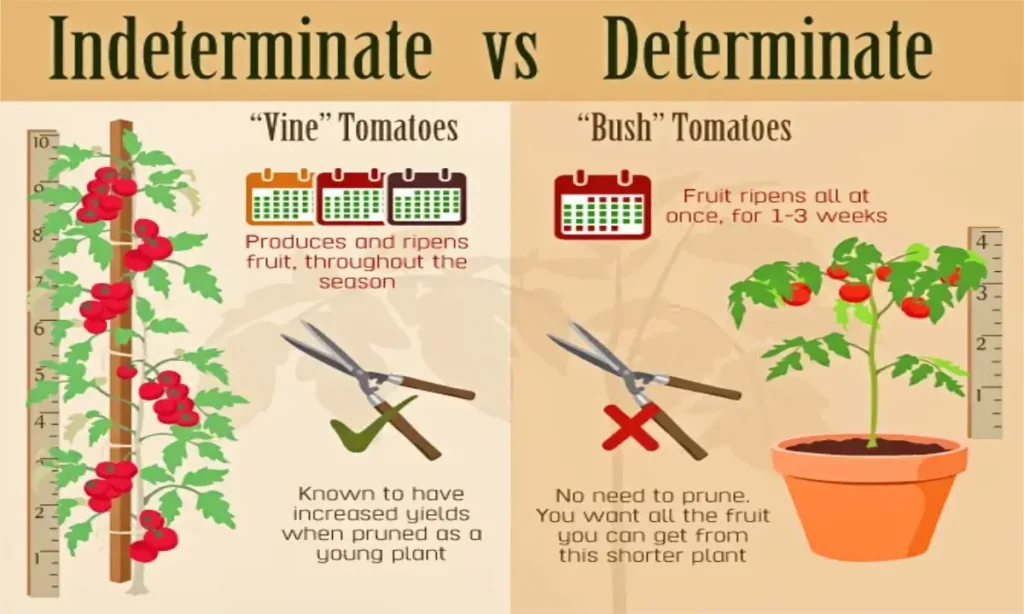
Before you start planting, it’s essential to choose the right tomato variety for your garden. There are two main types:
determinate and indeterminate. Determinate tomatoes are bushy and compact, making them ideal for containers and small spaces.
Indeterminate tomatoes, on the other hand, continue to grow and produce fruit throughout the season, requiring more support and space.
Consider your climate and available space when selecting tomato varieties. Some tomatoes are better suited for hot climates, while others thrive in cooler temperatures. Additionally, consider factors such as disease resistance and fruit size when making your decision.
Preparing the Soil
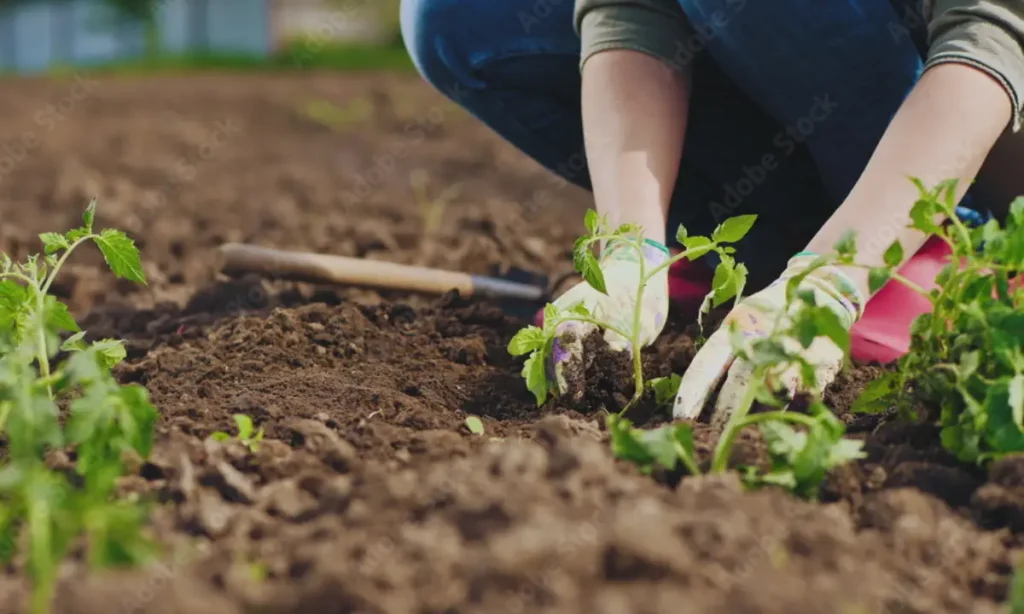
Tomatoes thrive in well-drained, nutrient-rich soil. Before planting, test your soil to assess its pH and nutrient levels. Most tomatoes prefer slightly acidic soil with a pH between 6.0 and 7.0. Amend your soil as needed, adding organic matter such as compost or aged manure to improve its texture and fertility.
Planting Tomatoes
The timing of planting is crucial for tomato success. Wait until all danger of frost has passed and the soil has warmed to at least 60°F (15°C) before planting. When transplanting seedlings, bury them deep in the soil, up to the first set of leaves, to encourage strong root development. Space plants according to their mature size, typically 18 to 36 inches apart.
Providing Adequate Water and Sunlight
Tomatoes require consistent moisture to thrive, especially during hot weather. Water deeply and evenly, aiming to keep the soil consistently moist but not waterlogged. Mulching around plants can help retain moisture and suppress weeds.
In addition to water, tomatoes need plenty of sunlight to produce sweet, juicy fruit. Plant them in a location that receives at least 6 to 8 hours of direct sunlight per day for optimal growth.
Supporting Tomato Plants
As tomato plants grow, they may become heavy with fruit and require support to prevent them from bending or breaking. There are several methods for supporting tomato plants, including staking, caging, and trellising. Choose a method that suits your garden space and tomato variety.
Fertilizing Tomatoes
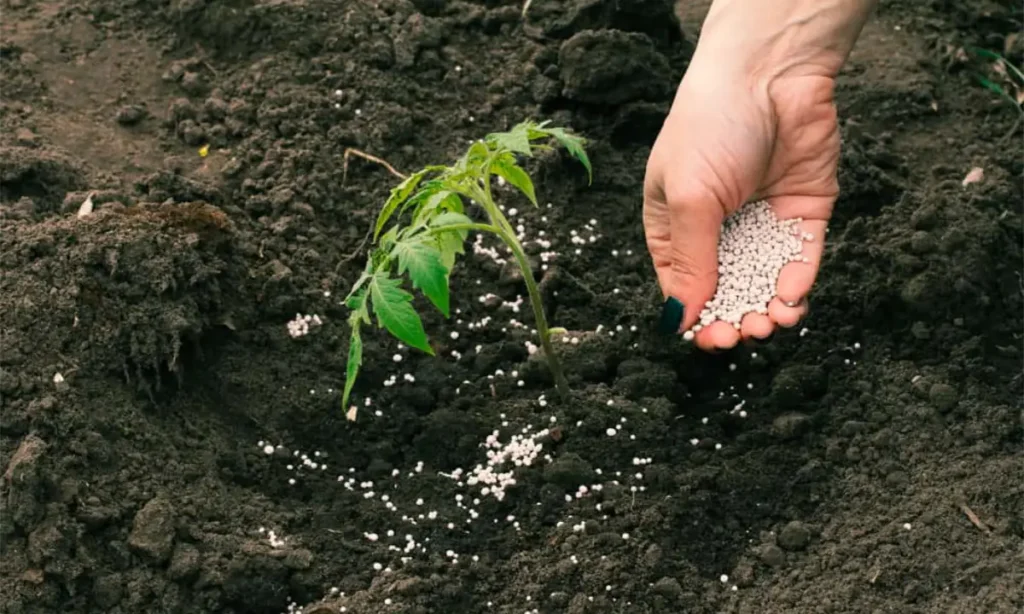
To ensure healthy growth and abundant fruit production, fertilize your tomatoes regularly throughout the growing season. Use a balanced fertilizer or organic amendments rich in nitrogen, phosphorus, and potassium. Apply fertilizer according to package instructions, taking care not to over-fertilize, which can lead to excessive foliage growth at the expense of fruit production.
Harvesting Tomatoes
Harvest tomatoes when they are fully ripe for the best flavor and texture. Look for fruits that are firm, evenly colored, and have a slight give when gently squeezed. To harvest, grasp the fruit firmly and twist it gently to detach it from the stem. Avoid pulling or yanking, as this can damage the plant.
Storing and Using Tomatoes
Freshly harvested tomatoes can be stored at room temperature for several days or refrigerated for longer-term storage. To preserve excess harvests, consider freezing, canning, or drying tomatoes for use in sauces, soups, and other dishes. Experiment with different recipes to fully enjoy the flavor of homegrown tomatoes year-round.
Troubleshooting Common Issues
Despite your best efforts, tomato plants may encounter various problems, including blossom end rot, cracking, and pest infestations. Monitor plants regularly for signs of distress and take proactive measures to address issues as they arise. Cultural practices such as proper watering, mulching, and sanitation can help prevent common tomato ailments.
Pruning and Maintenance
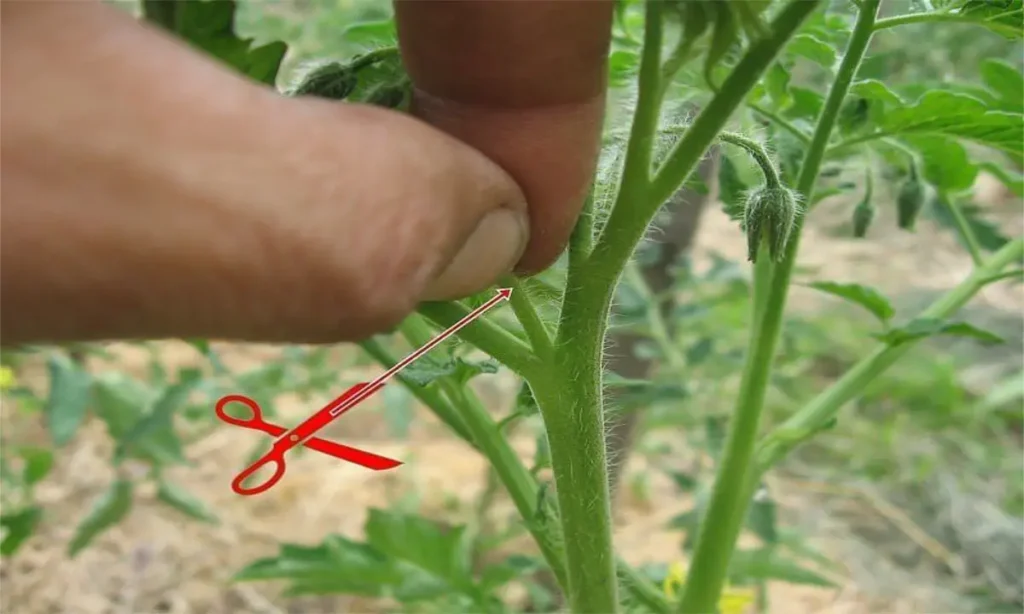
Regular pruning is essential for maintaining healthy tomato plants and promoting good air circulation. Remove suckers (side shoots) that emerge from the leaf axils to focus energy on fruit production. Monitor plants for signs of pests and diseases, such as aphids, tomato hornworms, and early blight, and take appropriate measures to control them.
Tips for Growing Tomatoes in Containers
If space is limited, tomatoes can be grown successfully in containers on patios, balconies, or even windowsills. Choose a large container with drainage holes and fill it with a well-draining potting mix. Place the container in a sunny location and provide support for the plants as they grow.
Extending the Tomato Growing Season
To prolong your tomato harvest, consider using season extenders such as row covers, cold frames, or hoop houses. These structures provide protection from frost and extend the growing season, allowing you to enjoy fresh tomatoes well into the fall.
Sustainable Practices in Tomato Cultivation
Practice sustainable gardening techniques to minimize environmental impact and promote soil health. Use organic fertilizers and pest control methods whenever possible, such as companion planting, crop rotation, and biological controls. Conserve water by mulching, using drip irrigation, and harvesting rainwater for irrigation.
Finally :
Growing tomatoes at home is a rewarding endeavor that allows you to enjoy fresh, flavorful fruit straight from the vine. By following these tips and techniques, you can cultivate healthy tomato plants and harvest a bountiful crop year after year. Whether you’re a novice gardener or a seasoned pro, there’s nothing quite like the taste of homegrown tomatoes.
